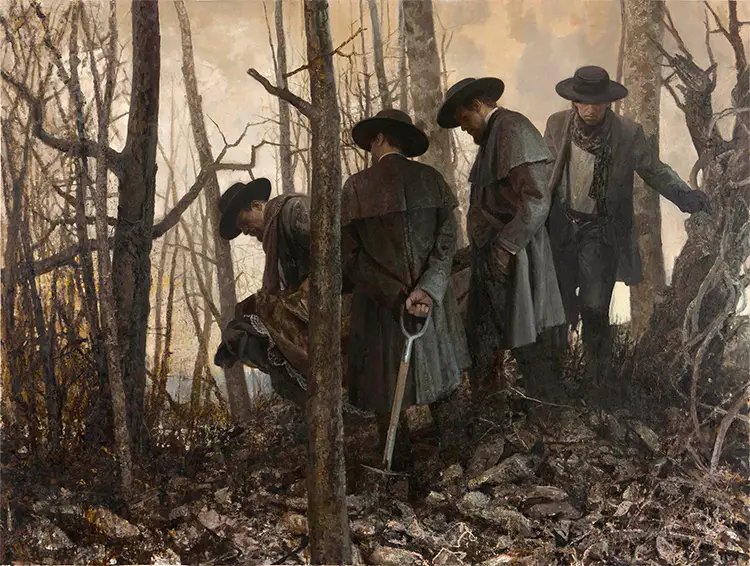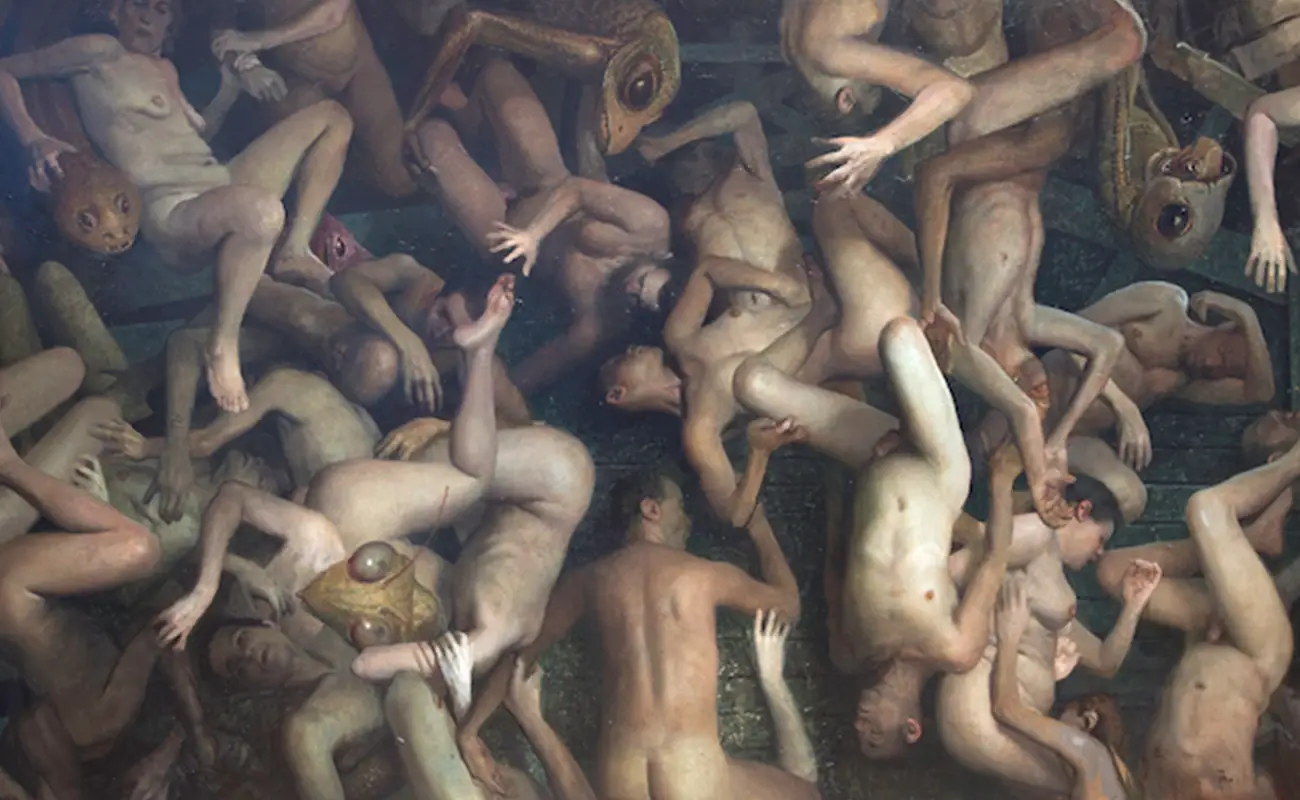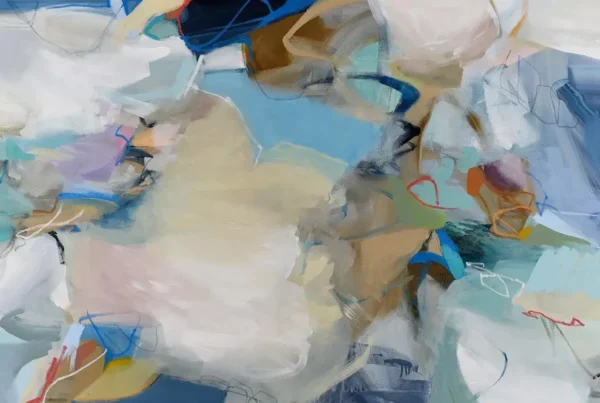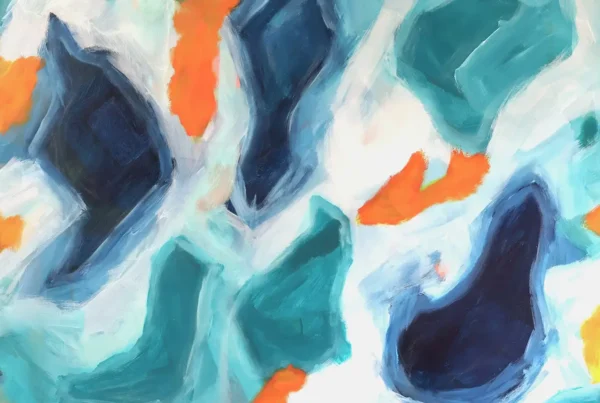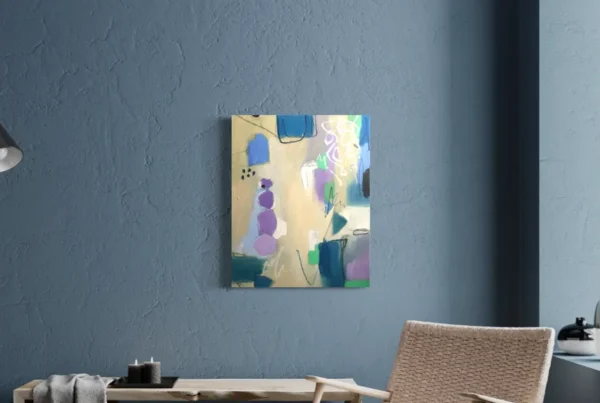Painting as Reckoning: The Visual Intelligence of Vincent Desiderio
Vincent Desiderio’s work stands apart in the contemporary art landscape—not merely for its painterly excellence but for its intellectual intensity and emotional candor. At a time when rapid production and conceptual superficiality often dominate artistic discourse, Desiderio remains a staunch advocate of rigor and contemplation. His monumental canvases demand—and reward—deep looking. With compositions that unfold gradually across vast surfaces, he engages viewers in complex visual arguments that are both personal and historical, deeply introspective yet never divorced from the wider socio-cultural sphere.
Born in 1955, Desiderio’s educational path laid a robust foundation for his practice. He earned a BA in fine art and art history from Haverford College in 1977, and pursued further studies at the Accademia di Belle Arti in Florence and the Pennsylvania Academy of the Fine Arts. His training across different institutions—both in Europe and the U.S.—helped forge an artist fluent in the vocabulary of Western art history. His paintings often converse with canonical figures such as Michelangelo and Caravaggio, but this dialogue is never nostalgic. Instead, Desiderio interrogates tradition, weaving into it contemporary concerns and his own experiences.
Over the years, his work has earned widespread institutional recognition. He has received two National Endowment for the Arts grants, a Pollock-Krasner Foundation Grant, and the Grand Prize at the Thirtieth Annual Show of Contemporary Art in Monte-Carlo in 1996—the first American to do so. Museums across the globe house his work, including the Metropolitan Museum of Art, the Guggenheim, the Hirshhorn, and Germany’s Sammlung Ludwig. Yet beyond these accolades lies a painter whose most significant contributions stem from an unrelenting engagement with the practice itself—painting not as artifact, but as a living, searching act of making meaning.
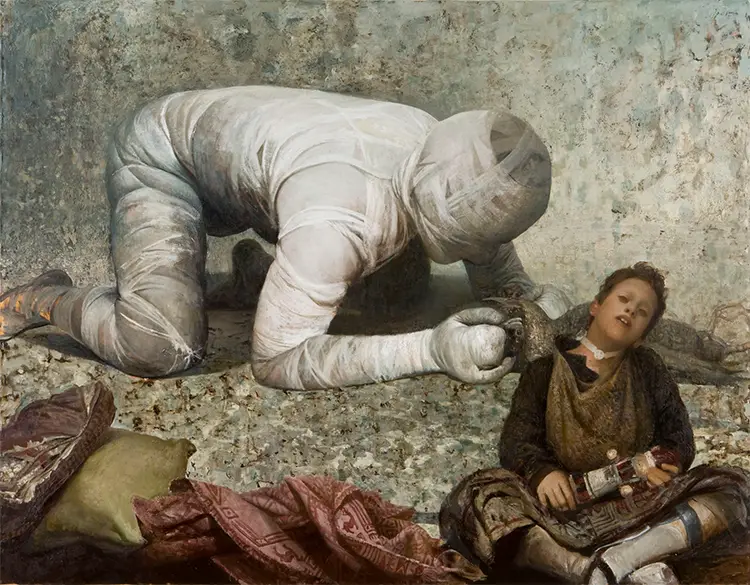
Vincent Desiderio: The Allegory of Paint
Desiderio’s canvases operate as visual allegories steeped in ambiguity. His technique is expansive and intuitive, merging direct and indirect approaches, often within the same work. Though grounded in observational skill, his paintings evolve through layers—glazing, scumbling, and repainting—which often take years to finalize. This is evident in “Sleep” (2008), a panoramic piece that inspired Kanye West’s “Famous” video. Composed over a long stretch of time, the work is an intricate meditation on rest, vulnerability, and contemporary visual culture, executed with a precision that bridges psychological depth and conceptual intent.
He refuses to accept the categorization of “figurative painter,” emphasizing instead that painting is an act that inherently encompasses abstraction, irony, conceptual depth, and representation. According to Desiderio, separating these modes is reductive. His stance is not just philosophical but deeply practical—he believes that abstraction is embedded in the scaffolding of every representational image. This perspective is evident in pieces such as “Exodus” and “Transubstantiation,” where emotional gravity is achieved not solely through subject matter, but via the manipulation of form, surface, and pictorial structure.
Desiderio’s process often begins with oil studies and small-scale drawings that explore potential technical challenges. These preparatory pieces serve as investigations into what he calls the “technical narrative”—a framework he prioritizes above the dramatic or emotional content. To him, the handling of paint and its evolution across a surface is itself a form of storytelling. In this sense, the act of painting becomes both a philosophical and a formal inquiry, one that resists quick resolution. Each canvas is not merely a final statement, but a prolonged dialogue between material, memory, and cognition.
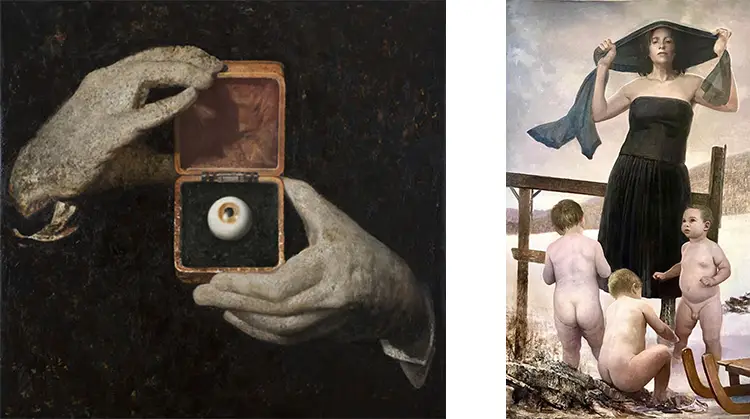
Memory, Imagination, and the Sensual Space of Invention
Though grounded in skill, Desiderio’s practice is ultimately driven by imagination. He rarely uses live models, preferring instead to construct scenes from mental recall and emotional necessity. He describes his work as inventions—narratives assembled not from literal observation but from lived experience filtered through intellectual and emotional intuition. This approach invites a heightened sense of psychological resonance, as seen in works like “Cockaigne,” a painting featuring over 300 reproduced book images, forming a kind of visual autobiography stitched from cultural references.
Desiderio’s views on artistic training are equally nuanced. He critiques the blind adherence to academic methodologies that, in his words, “imprison the imagination.” While acknowledging the benefits of classical education in developing skill, he argues that true innovation requires breaking free from rote procedures. Instead of imitating outdated models, he urges young artists to understand the historical roots of visual language while embracing contemporary issues. For Desiderio, painting is neither a rejection of theory nor a subservience to it—it is theory embodied, reified through process and surface.
His educational philosophy is evident in his teaching roles at institutions like the New York Academy of Art, the Pennsylvania Academy of the Fine Arts, and most recently, the Tianjin Academy of Fine Arts in China, where he was appointed through the “Thousand Talent Program.” Desiderio’s workshops often involve exercises that challenge memory and perception, such as observing a model briefly and then painting without reference. The goal is to sharpen internal vision and promote a deeper, more autonomous engagement with form. He sees the studio not as a place of replication, but as an observatory of potential—where the mind and the medium negotiate meaning.
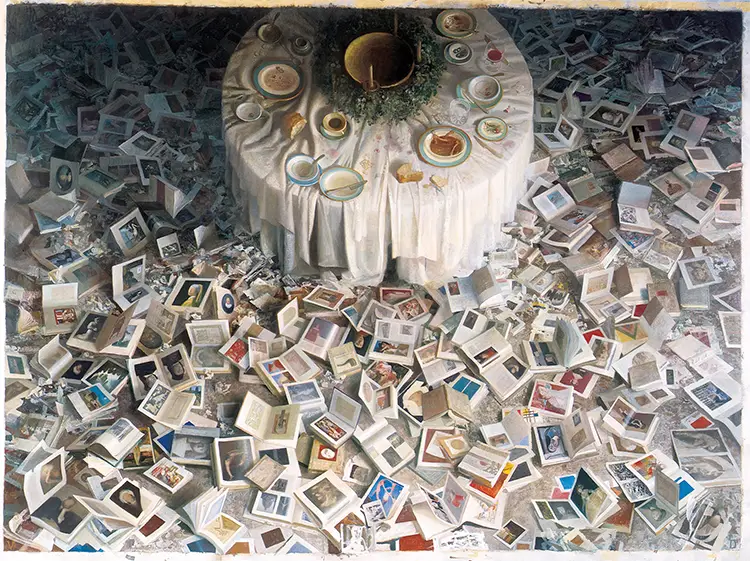
Vincent Desiderio: Light as Metaphor, Light as Strategy
Light in Desiderio’s work is never incidental. He treats illumination not simply as a device for modeling form but as a thematic and conceptual force. Influenced by Delacroix, Desiderio often orchestrates his compositions in the “half-light” of overcast atmospheres, reserving sharp contrasts for emotional emphasis. This diffused lighting allows colors to emerge more fully, untethered from the classical opposition of shadow and highlight. In pieces such as “Hitchcock’s Hands,” light functions as both compositional structure and emotional punctuation, guiding the viewer’s gaze through zones of ambiguity and revelation.
He interprets Delacroix’s idea of shadow as mirror—an area rich in reflection rather than absence—and applies it throughout his work. The muted environments he constructs create psychological tension, evoking states of anticipation, recollection, or internal struggle. For Desiderio, a grey day is not drab but profound. It is in these conditions that color, texture, and form become most articulate. In his own writings and interviews, he returns often to the idea that the drama of painting lies in the equilibrium between collapse and cohesion, between what is suggested and what is rendered.
Film, too, has shaped Desiderio’s aesthetic logic. While his paintings are painterly in every sense, their compositional strategies often borrow from cinematic framing and staging. He has worked as a production designer on a Canadian film and has considered making a film centered on “Sleep.” Yet he is quick to clarify that cinematic influences in his work are sublimated rather than explicit. The narrative tension, spatial complexity, and emotional charge found in his large-scale paintings often echo the language of film, making each canvas feel like a frozen scene from an unfolding, though invisible, sequence.
